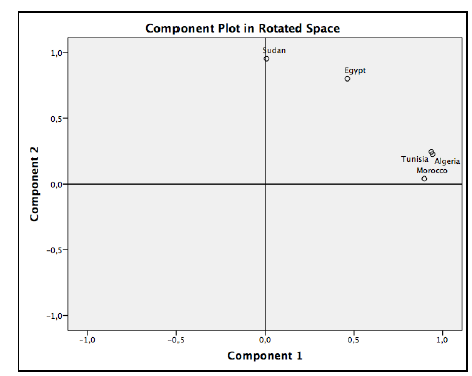Aquaculture production of North African countries in the year 2030
DOI:
https://doi.org/10.17762/sfs.v8i1.72Keywords:
Aquaculture, North Africa, Production, ForecastAbstract
The main objective of this study is to assess the aquaculture production of North African countries in order to estimate the production up to 2030. The data used in the study is from the Food and Agriculture Organization (FAO) of the United Nations (UN) gathered between 1950 and 2016. The methods employed in the study include a Time Series Analysis (TSA), Principal Component Analysis (PCA) and Hierarchical Cluster Analysis (HCA). According to the results of the time series analysis, the overall production of North Africa is expected to increase by 2030 by 37.7%. Based on the PCA, the production values for Algeria, Morocco and Tunisia fit in PC1, whereas Egypt and Sudan are correlated with PC2. According to the clustering analysis, the aquaculture production characteristics of Algeria, Tunisia and Sudan formed the first cluster since their production characteristics are similar and local. The second cluster included only Morocco, because it is the largest exporter of aquaculture products in the region. Egypt was found as the only member of the third cluster, since it is both a significant producer and the largest importer. Although the aquaculture production in Egypt is very high, it is still insufficient for domestic consumption. For this reason, there is a high rate of imports.










